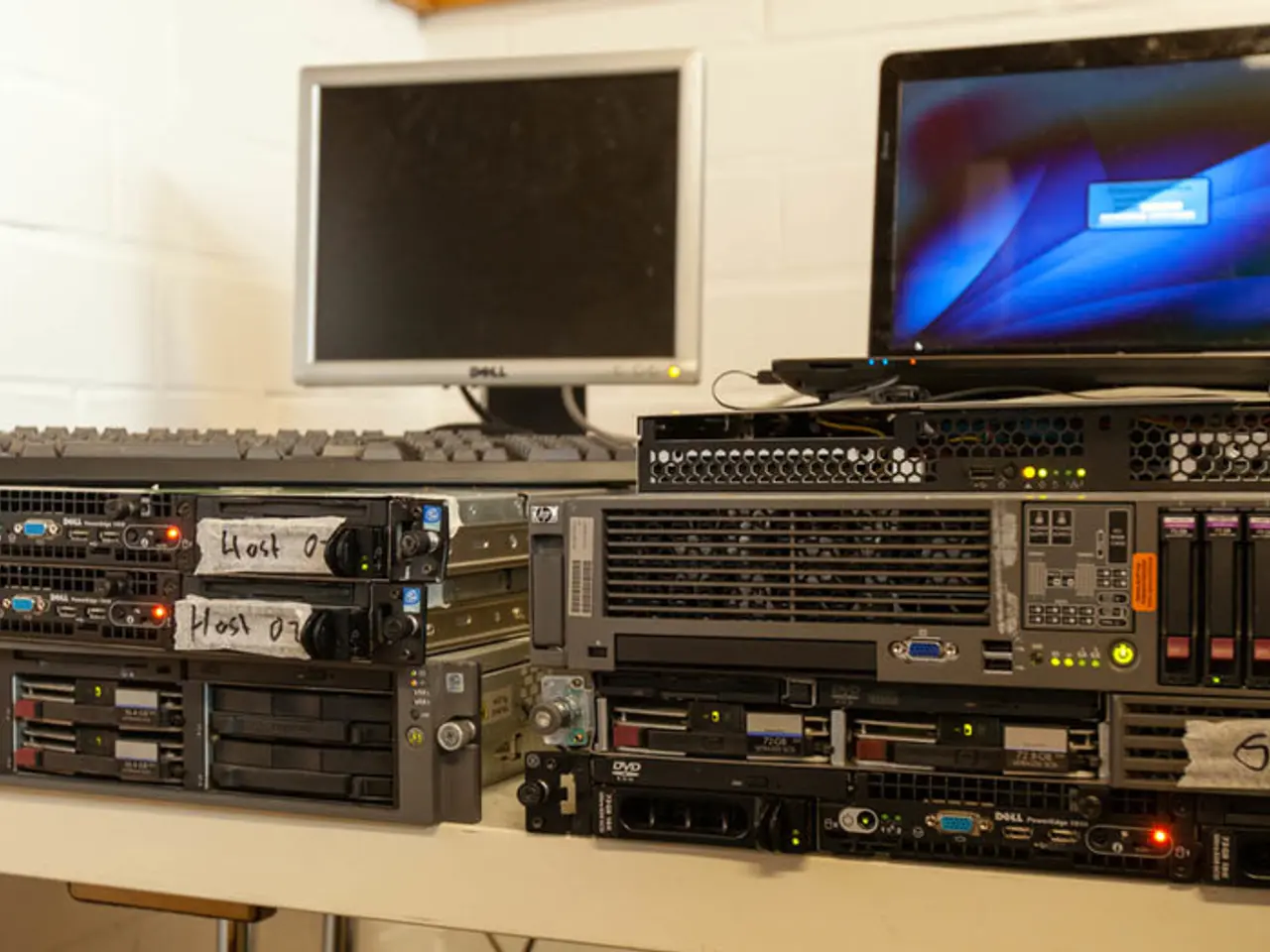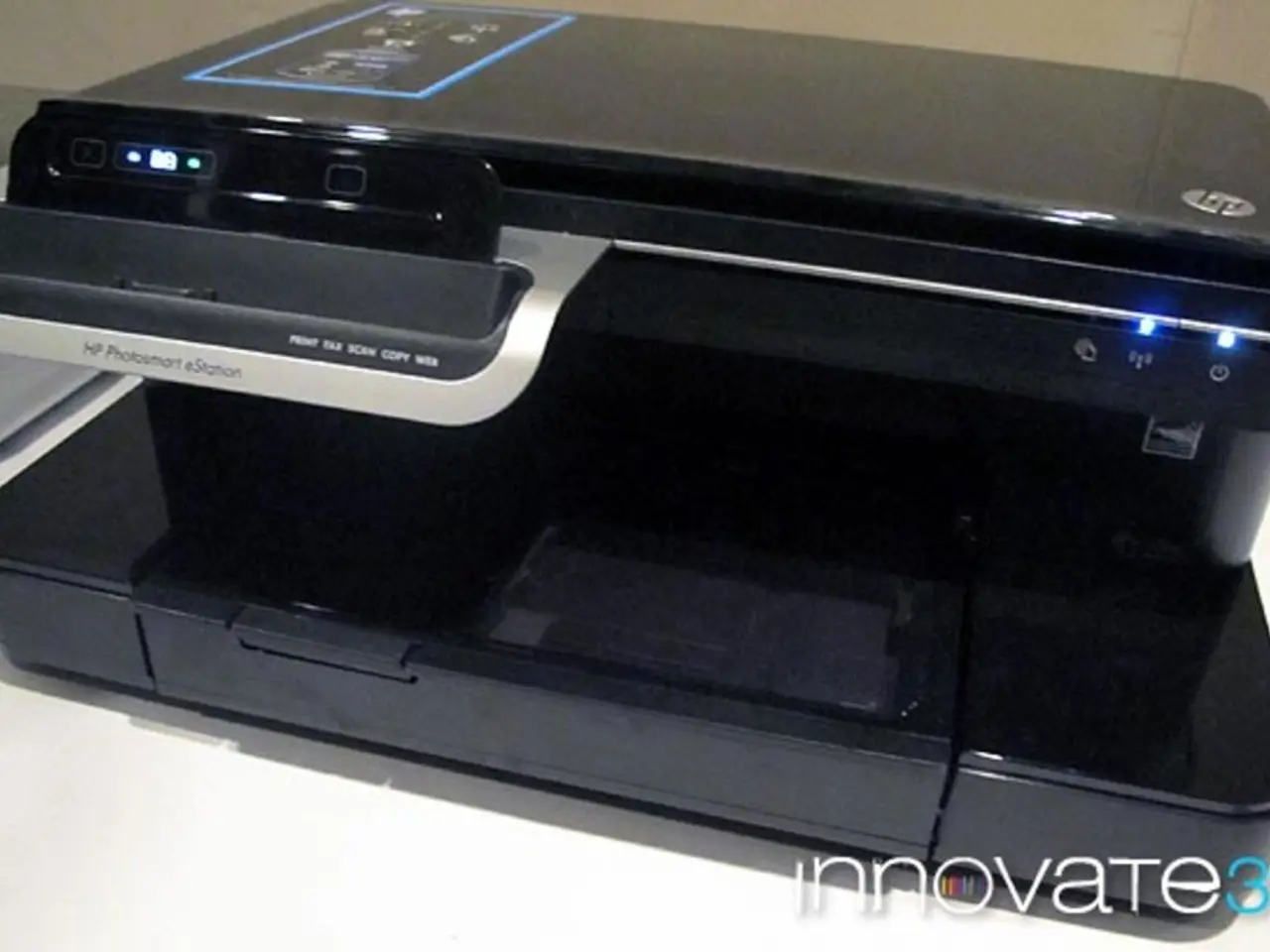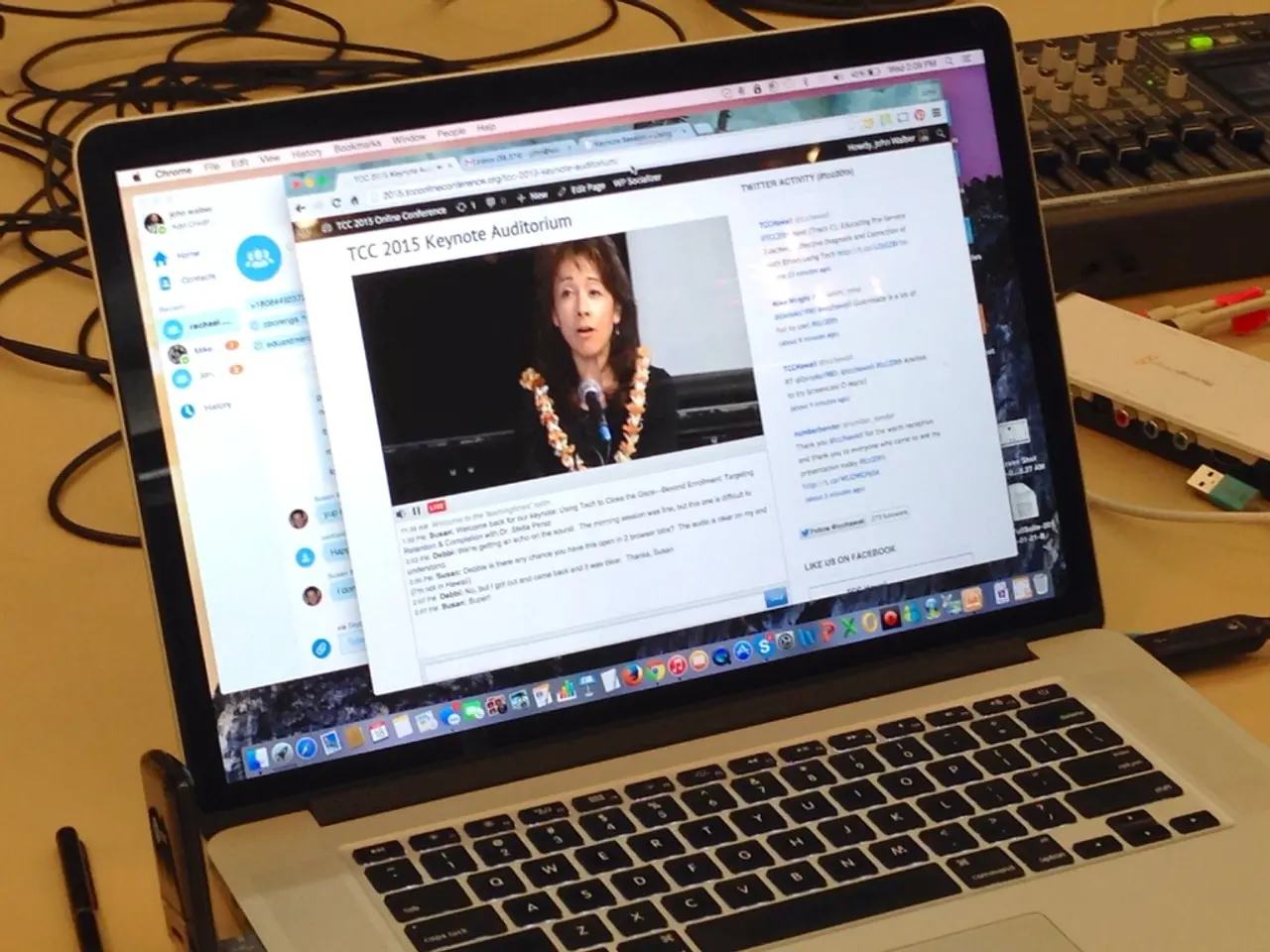Solving Signal Integrity Issues: Fundamentals Explored
### Solving Signal Integrity Problems in High-Speed Differential Channels: A Comprehensive Approach
In the realm of high-speed signal transmission, ensuring signal integrity is paramount. A case study by Tim Wang Lee, an Application Engineer from Keysight Technologies, demonstrates an integrated approach to characterize differential channels and solve potential signal integrity problems.
#### Mixed-Mode S-Parameter Analysis for Differential Channels
The first step in the approach involves the use of mixed-mode S-parameter analysis. This technique describes the behaviour of differential and common-mode signals within a channel, allowing for a comprehensive understanding of how signals propagate, reflect, and convert into common-mode noise.
To perform mixed-mode S-parameter analysis, single-ended S-parameters are transformed into mixed-mode using linear transformations. This process enables the extraction of differential insertion loss or phase skew by transforming S-parameters from single-ended ports to differential or common-mode ports.
The P/N phase skew, which quantifies the timing difference between positive and negative signals, can be calculated using the following formula:
\[ t_{\text{skew}} = \frac{\text{phase}(S_{sd21})}{2\pi f} - \frac{\text{phase}(S_{sd41})}{2\pi f} \]
where \( S_{sd21} \) and \( S_{sd41} \) are transformed mixed-to-single-ended parameters and \( f \) is frequency.
Differential insertion loss is also derived from these mixed-mode parameters by comparing differential signal magnitudes.
By modelling the differential channel as coupled transmission lines, the S-parameter data reflects the coupled behaviour including crosstalk and mode conversion. This analysis helps predict signal integrity degradations and bit error rate (BER) trends in SerDes or high-speed links.
#### Time Domain Reflectometry (TDR) for Differential Channels
Time domain reflectometry (TDR) is another essential technique for characterizing differential channels. In TDR, a fast-rise-time step or impulse signal is applied to the differential channel, and the reflected signals over time are measured to infer impedance discontinuities, discontinuities, and mismatches along the differential trace.
Using differential TDR instrumentation that excites the P and N lines simultaneously with opposite polarity, reflections captured correspond to differential impedance variations. This is crucial for identifying issues like impedance mismatches, connector defects, or PCB discontinuities.
The incident and reflected signals are then analyzed to calculate the differential impedance profile over the channel length, allowing for the precise pinpointing of locations of impedance changes affecting signal integrity. This approach complements S-parameter frequency-domain data by providing spatial resolution.
#### Integrated Approach for Signal Integrity Problem Solving
To solve signal integrity problems, an integrated approach is recommended. This approach involves the following steps:
1. Collect S-parameters: Measure single-ended S-parameters of the differential channel over frequency. 2. Convert to Mixed-Mode: Transform to mixed-mode S-parameters (differential and common modes). 3. Calculate Skew & Loss: Compute P/N phase skew and differential insertion loss from mixed-mode parameters. 4. Perform TDR Measurement: Use differential TDR to obtain time-domain reflection data along the channel. 5. Analyze and Correlate: Correlate frequency-domain S-parameter results with time-domain TDR data to identify causes of signal degradation.
#### Tools and Instrumentation
- Vector Network Analyzer (VNA): For acquiring high-accuracy mixed-mode S-parameters. - Differential TDR/Vector TDR: For time-domain impedance profiling of differential pairs. - Mixed-Signal Oscilloscopes: Such as the Tektronix 6 Series B MSO, which combines high bandwidth (up to 10 GHz) and deep signal analysis capabilities suitable for high-speed differential channel debugging.
#### Application and Results
In a case study of a failing channel, the integrated approach was applied to demonstrate the approach. The first and third sections of the channel were both 3 inch ~100 Ohm differential Microstrip lines. The second section was a differential via transition.
The root cause of the degradation was identified as a via stub resonating at frequencies close to the Nyquist, resulting in a dip in the insertion loss and distorting the frequency spectrum of the input signal.
Equalization can help open the eye when stubs cannot be removed. However, in this case, back-drilling was a design solution to remove the extra stub length and eliminate stub resonance.
The video demonstrates the use of eye diagrams, S-parameters, TDR, and single pulse response for signal integrity analysis. This comprehensive approach is essential for optimizing high-speed differential links such as SerDes interfaces or DDR memory channels.
Data-and-cloud-computing technology plays a crucial role in the characterization and analysis of high-speed differential channels. The integrated approach, which combines mixed-mode S-parameter analysis and Time Domain Reflectometry (TDR), leverages various signal processing techniques to understand the behavior of differential and common-mode signals within a channel. This technology enables accurate calculation of P/N phase skew, differential insertion loss, and impedance discontinuities, thus facilitating the prediction and diagnosis of signal integrity degradations.




